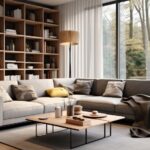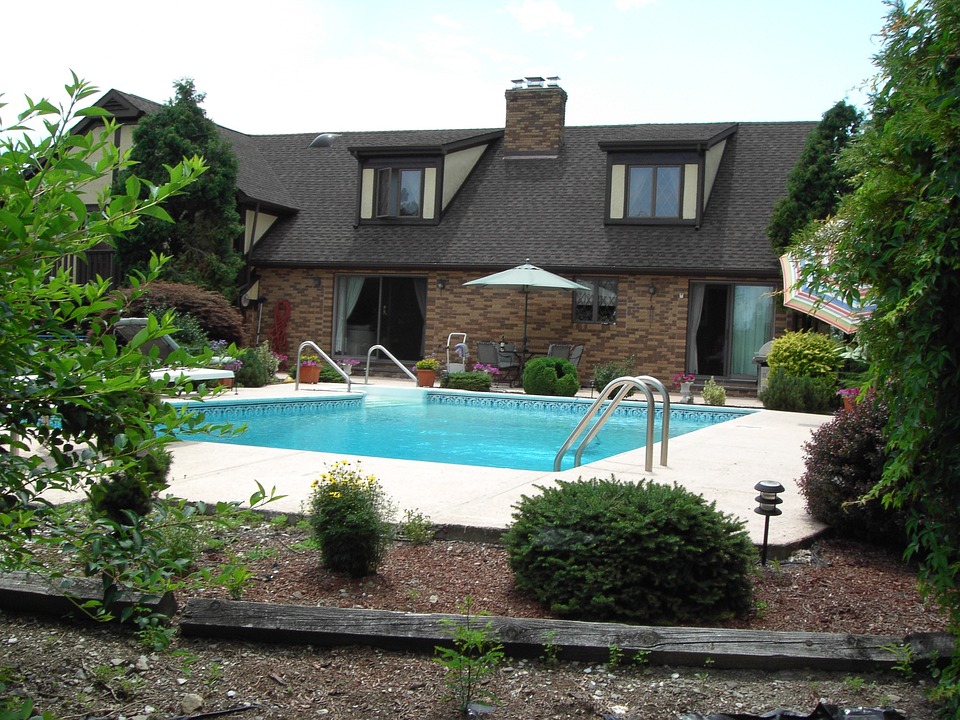In the competitive world of retail, creating an inviting and engaging store environment is crucial for attracting customers and boosting sales. Thoughtful shop fitouts play a significant role in achieving this by enhancing the customer experience, optimizing store layout, and reinforcing brand identity. Here’s how a well-executed shop fitout can drive retail success.
1. Enhancing Customer Experience
A key aspect of a successful shop fitout is its ability to provide a positive shopping experience. Thoughtful fitouts focus on customer comfort and convenience, making the shopping journey enjoyable from start to finish.
- Comfortable Ambiance: Creating a warm and welcoming atmosphere encourages customers to spend more time in the store. This can be achieved through the use of warm lighting, comfortable seating areas, and pleasing color schemes. Ambient lighting, for instance, can set a relaxing mood, while strategically placed seating allows customers to rest and stay longer.
- Ease of Navigation: An intuitive store layout ensures that customers can easily find what they’re looking for. Clear signage, wide aisles, and logical product groupings help to guide customers through the store efficiently, reducing frustration and improving satisfaction.
- Sensory Engagement: Engaging multiple senses can enhance the shopping experience. Elements such as background music, pleasant scents, and tactile displays can create a multi-sensory environment that makes the shopping experience more memorable and enjoyable.
2. Optimizing Store Layout
The layout of a store significantly impacts customer behavior and sales performance. Thoughtful shop fitouts optimize the use of space to encourage exploration and maximize sales opportunities.
- Strategic Product Placement: Positioning high-demand and high-margin products in prominent locations can drive sales. End caps, eye-level displays, and checkout counter areas are prime spots for showcasing these items. Additionally, placing complementary products near each other can prompt impulse buys and increase the average transaction value.
- Flow and Accessibility: Ensuring a smooth flow of foot traffic is essential. A well-designed layout minimizes congestion and makes it easy for customers to move around the store. This increases the likelihood of customers discovering new products.
- Flexible Spaces: Incorporating flexible and modular design elements allows for easy reconfiguration of the store layout. This adaptability is particularly valuable for accommodating seasonal changes, promotional events, and new product lines, keeping the store fresh and dynamic.
3. Reinforcing Brand Identity
A cohesive and consistent brand identity is vital for building customer loyalty and recognition. Thoughtful shop fitouts reflect and reinforce the brand’s values and aesthetics.
- Consistent Theme: Every aspect of the shop fitout, from the décor to the fixtures, should align with the brand’s theme and messaging. A luxury brand, for example, might use high-end materials and sophisticated design elements, while a youthful brand might choose vibrant colors and playful furnishings.
- Unique Features: Incorporating unique design elements that reflect the brand’s personality can make the store stand out. This could be anything from a distinctive feature wall to custom-designed furniture, creating a memorable impression on customers.
- Branded Visuals: Using branded visuals, such as logos, color schemes, and themed decorations, consistently throughout the store reinforces brand identity and enhances brand recall. This visual consistency helps to build a strong connection between the physical store and the overall brand image.
4. Encouraging Social Interaction
In today’s retail landscape, creating opportunities for social interaction can enhance customer engagement and attract more visitors.
- Interactive Displays: Interactive and experiential displays invite customers to engage with products in a hands-on way. This can include touch screens, product demos, or virtual reality experiences that make the shopping process more engaging and enjoyable.
- Community Spaces: Designating areas for social interaction, such as coffee bars or seating lounges, can encourage customers to spend more time in the store. These spaces can also be used for events, workshops, or pop-up installations, fostering a sense of community and connection with the brand.
Conclusion
Thoughtful shop fitouts are a powerful tool for boosting retail sales by enhancing the customer experience, optimizing store layout, reinforcing brand identity, and encouraging social interaction. By creating an inviting, intuitive, and engaging environment, retailers can attract more customers, increase dwell time, and ultimately drive higher sales. Investing in a well-designed shop fitout isn’t just about aesthetics; it’s a strategic move that can significantly impact the success and growth of a retail business.






